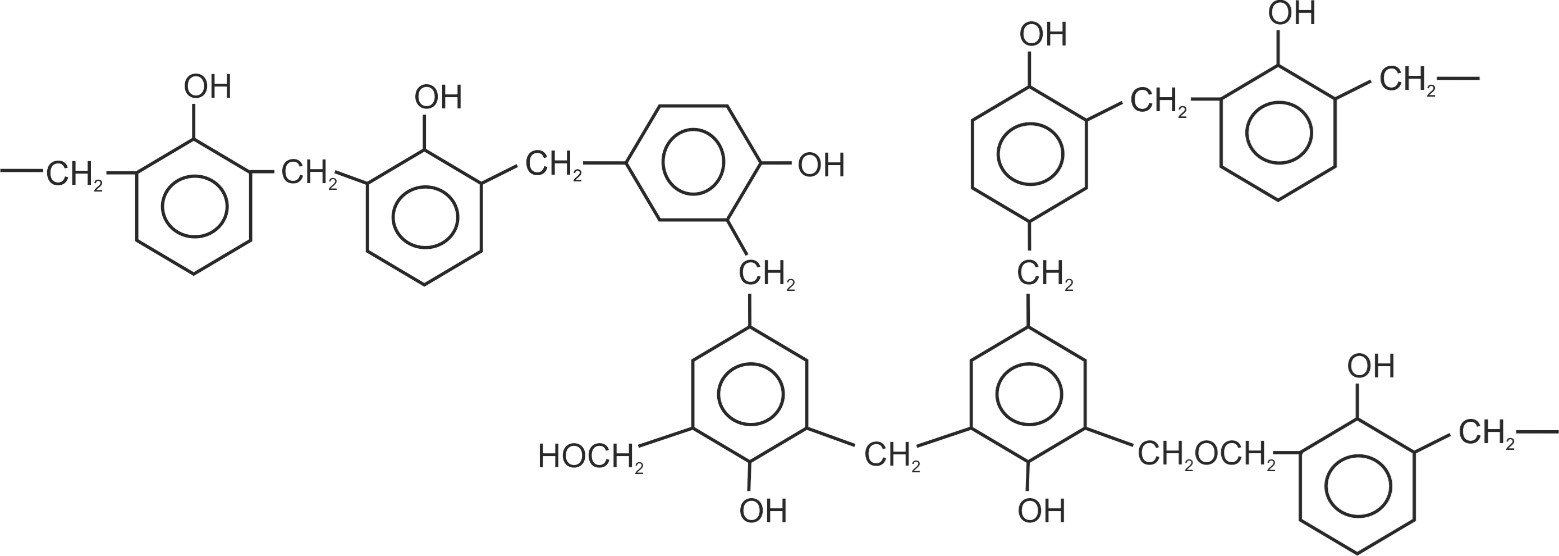Treatment of Kynol fiber materials – Part 1: dyeing processes
DOI:
https://doi.org/10.25367/cdatp.2022.3.p17-27Keywords:
Kynol fiber, Novoloid fiber, High performance fibers, dyeing, disperse dye, color pigmentAbstract
Kynol fibers are excellent flame-retardant materials used for manifold applications. These fibers exhibit originally an orange coloration. Up to now, dyeing processes for Kynol fibers are less reported, and the functionalization of these fibers by finishing processes is less investigated. With this background, the main aim of this paper is the evaluation of different dyeing processes for Kynol fiber materials – a woven fabric and a non-woven material. The following types of dyestuff are evaluated – direct dyes, vat dyes, disperse dyes and color pigments. The reached color quality is determined by CIE L*a*b* indices. Dry and wet rubbing fastness is measured. Finally, best results are gained by application of disperse dyes. The gained results could be used in future also to develop other functional treatments of Kynol fibers in different fields for, e.g., light protection, UV-stability, water repellency or antistatic properties.
References
Hayes, J. S. Kynol Novoloid Fibers in Friction and Sealing Materials. J. Ind. Text. 2000, 30, 103-127. DOI: 10.1106/NB17-452X-AR60-LT3C.
Rallini, M.; Puri, I.; Torre, L.; Natali, M. Effect of liquid resol on the mechanical and thermal properties of EPDM/Kynol elastomeric heat shielding materials. Polym. Eng. Sci. 2017, 57, 513-520. doi.org/10.1002/pen.24513.
Hasan, M. M. B.; Nocke, A.; Cherif, C. High temperature resistant insulated hybrid yarns for carbon fiber reinforced thermoplastic composites. J. Appl. Polym. Sci. 2013, 130, 1179-1184. doi.org/10.1002/app.39270.
Borgstädt T.; Mahltig, B. Laser treatment of high-performance Kynol fibers: An example as alternative tool for coloration and imaging on surfaces of high-performance fibers. Tekst. Ind. 2020, 68, 4-9. DOI: 10.5937/tekstind2003004B.
Mahltig, B. High-Performance Fibres – A Review of Properties and IR-Spectra. Tekstilec 2021, 64, 96-118. DOI: 10.14502/Tekstilec2021.64.96-118.
Hearle, J. W. S. High-performance fibres; Woodhead Publishing Limited, Cambridge, 2001.
Kynol Europe GmbH. Product data sheet on Kynol Novoloid Fibers. http://www.kynol.de/pdf/kynol_flyer_en.pdf (accessed 2022-01-13).
Mark P. Cal, Susan M. Larson, Mark J. Rood. Experimental and modeled results describing the adsorption of acetone and benzene onto activated carbon fibers. Environ. Prog. Sustain. Energy 1994, 13, 26-30. DOI: doi.org/10.1002/ep.670130114.
Suzuki, M. Activated carbon fiber: Fundamentals and applications. Carbon 1994, 32, 577-586. DOI: doi.org/10.1016/0008-6223(94)90075-2.
Bourbigot, S.; Flambard, X. Heat Resistance and Flammability of High Performance Fibres: A Review. Fire Mater. 2002, 26, 155-168. DOI: doi.org/10.1002/fam.799.
Hamilton, L. E.; Gatewood, B.; M.; Sherwood, P. M. A. Photodegradation of High Performance Fibers. Text. Chem. Color. 1994, 26, 39-45.
Brown, J. R.; St John, N. A. Fire-retardant Low-temperature-cured Phenolic Resins and Composites Fire-retardant Low-temperature-cured Phenolic Resins and Composites. Trends Polym. Sci. 1996, 4, 416-420.
Zheng, H.; Zheng, L. Dyeing of Meta-aramid Fibers with Disperse Dyes in Supercritical Carbon Dioxide. Fibers Polym. 2014, 15, 1627-1634. DOI: doi.org/10.1007/s12221-014-1627-4.
Opwis, O.; Celik, B.; Benken, R.; Knittel, D.; Gutmann, J. S. Dyeing of m-Aramid Fibers in Ionic Liquids. Polymers 2020, 12, 1824-1836. DOI: doi.org/10.3390/polym12081824.
Ma, J. H.; Elmaaty, T. A.; Okubayashi, S. Effect of supercritical carbon dioxide on dyeability and physical properties of ultra-high-molecular-weight polyethylene fiber. AUTEX Res. J. 2019, 19, 228-235. DOI: 10.1515/aut-2018-0046.
Natarajan, H. S.; Haase, H.; Mahltig, B. Polyvinylamine application for functionalization of polyethylene fiber materials. J. Text. Inst. 2017, 108, 615-621. DOI: doi.org/10.1080/00405000.2016.1177246.
Economy, J.; Lei, G. Y. Dyeing novoloid fibers with disperse dyes. US3942947A, filed Sept. 19, 1974, issued March 9, 1976.
Economy, J.; Lei, G. Y. Anionic dyeing of novoloid fibers. US3993442A, filed Sept. 19, 1974, issued Nov. 23, 1976.
Economy, J.; Lei, G. Y. Cationic dyeing of novoloid fibers. US3967925A, filed Sept. 19, 1974, issued July 6, 1976.
Parker, R. B. Process for dyeing of novoloid fibers. US3929407A, filed June 24, 1974, issued Dec. 30, 1975.
Bajaj, P.; Kothari, V. K.; Ghosh, S. B. Some innovations in UV protective clothing. Indian J. Fibre Text. Res. 2000, 25, 315-329.
Hoque, M. T., Mahltig, B. Realisation of polyester fabrics with low transmission for ultraviolet light. Color. Technol. 2020, 136, 346-355. DOI: 10.1111/cote.12470.
Mahltig, B.; Böttcher, H.; Rauch, K.; Dieckmann, U.; Nitsche, R.; Fritz, T. Optimized UV protecting coatings by combination of organic and inorganic UV absorbers. Thin Solid Films 2005, 485, 108-114. DOI: 10.1016/j.tsf.2005.03.056.
Wardman, R. H. An Introduction to Textile Coloration; John Wiley & Sons Ltd., Hoboken, 2018.
Mahltig, B.; Rabe, M.; Muth, M. Textiles, Dyeing and Finishing. In Kirk-Othmer Encyclopedia of Chemical Technology, John Wiley & Sons, Inc. 2019; pp. 1-35, DOI: 10.1002/0471238961.0609140903011201.a01.pub2.
Lübbe, E. Farbempfindung, Farbbeschreibung und Farbmessung; Springer Vieweg, Wiesbaden, 2013.

Downloads
Published
How to Cite
Issue
Section
License
Copyright (c) 2022 Juan Wang, Boris Mahltig

This work is licensed under a Creative Commons Attribution-NonCommercial-NoDerivatives 4.0 International License.





